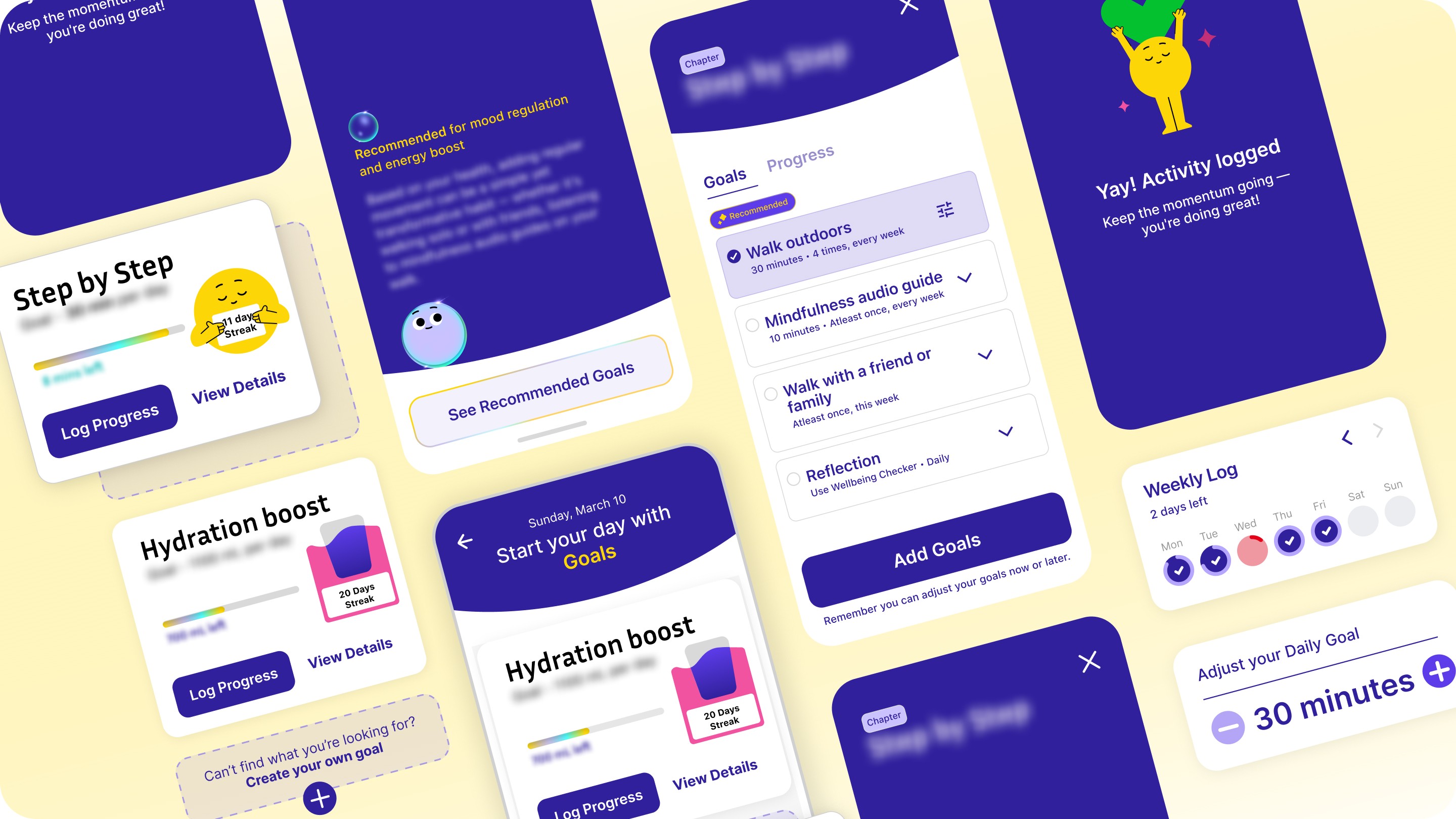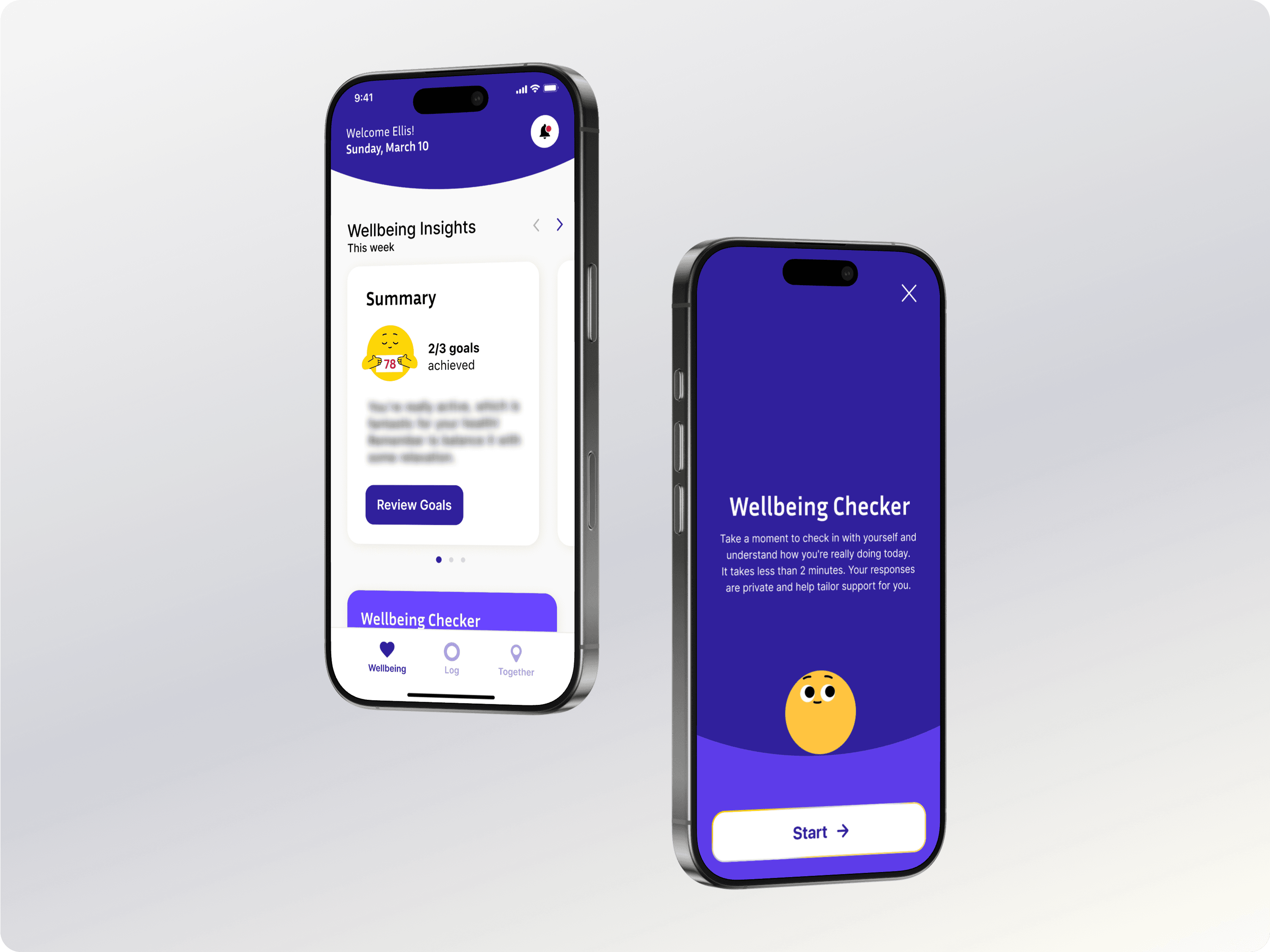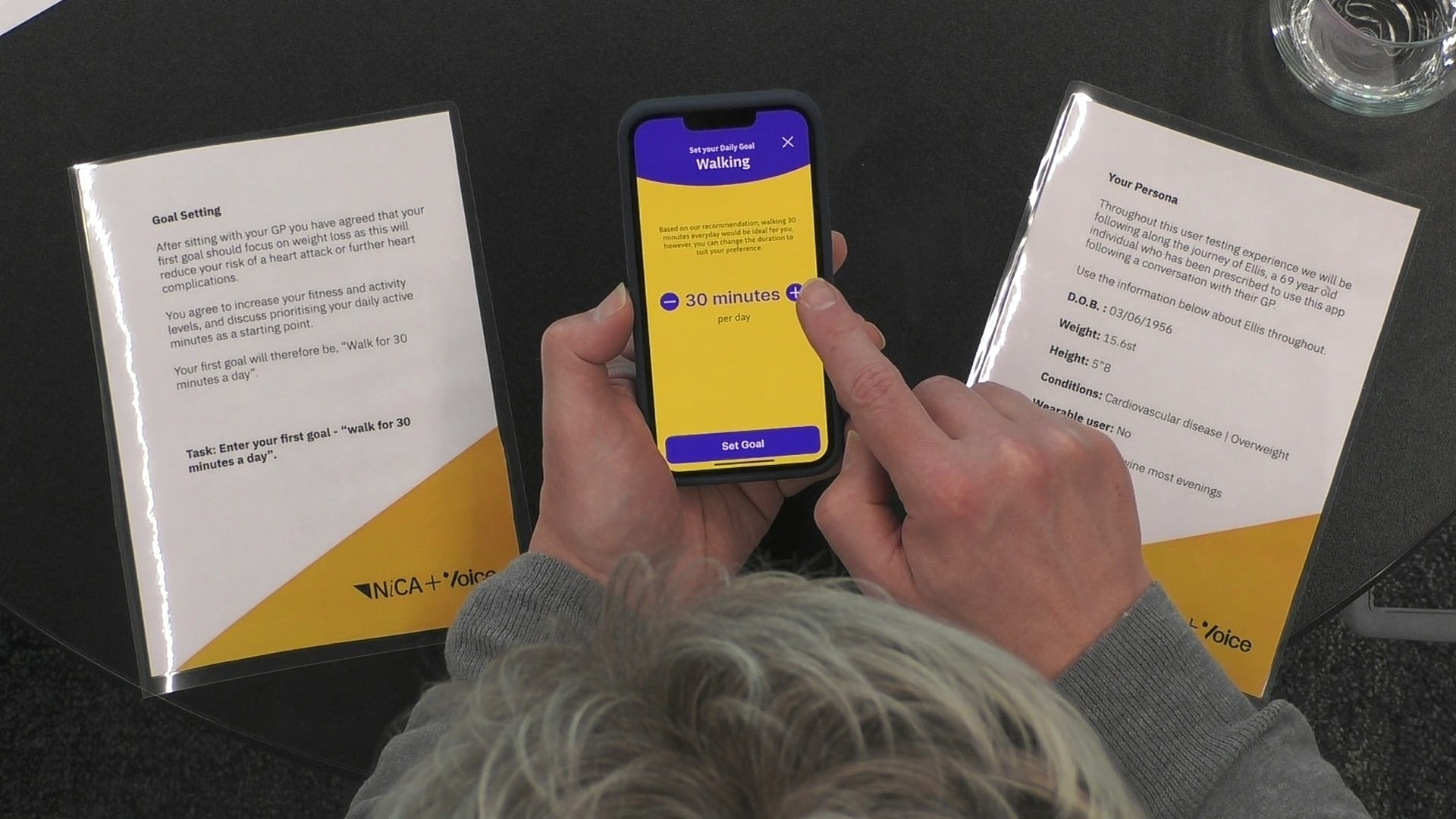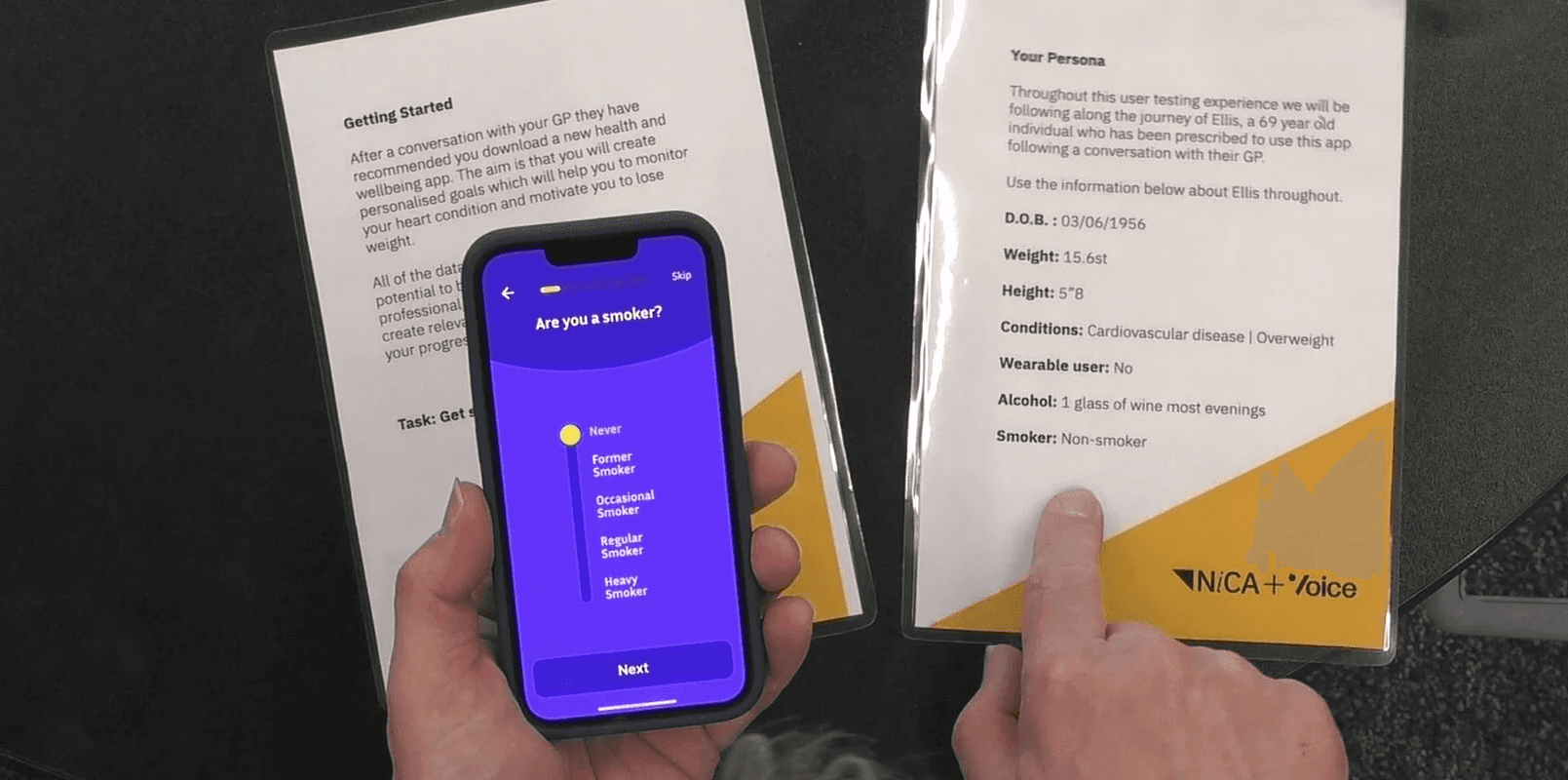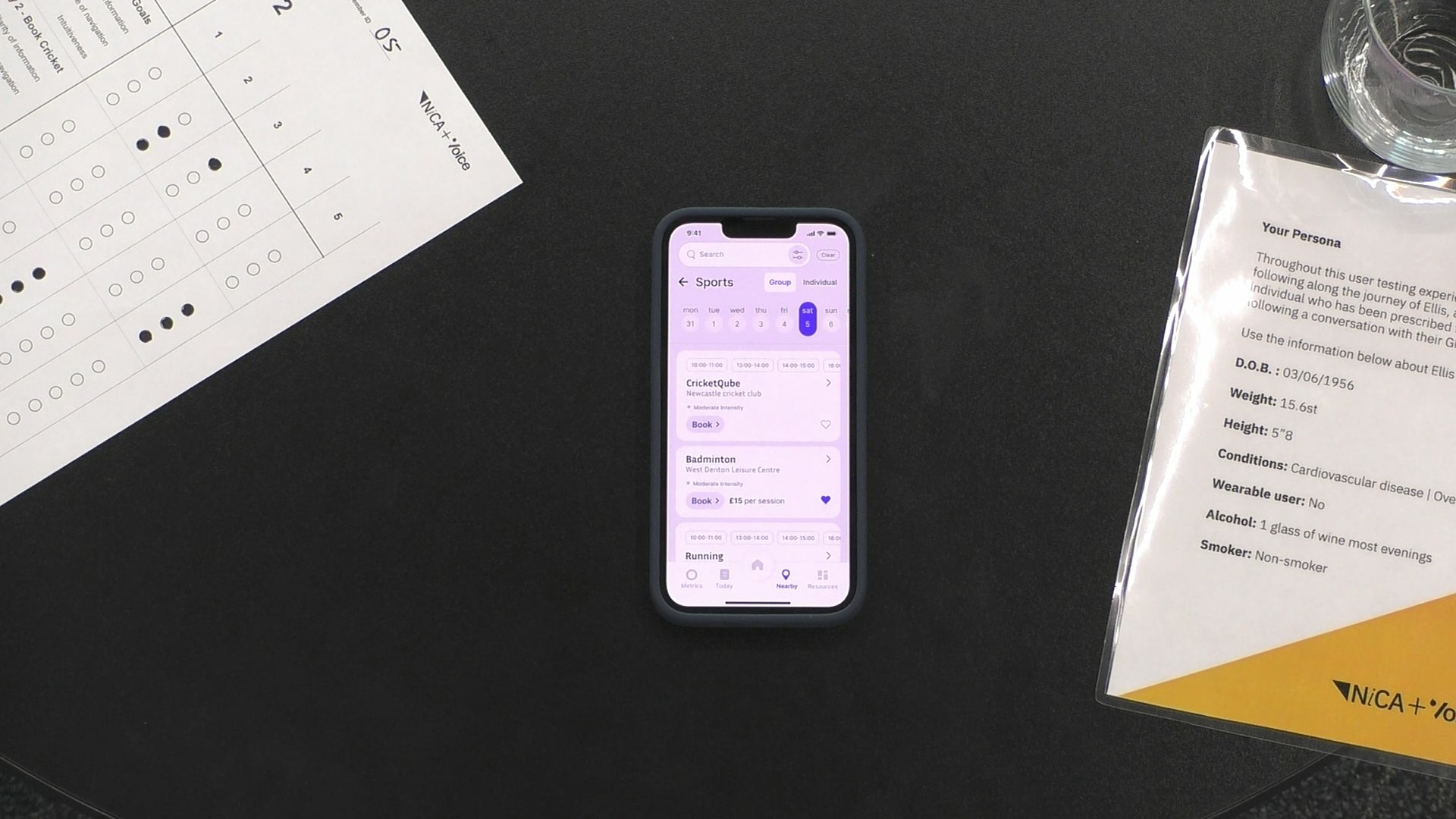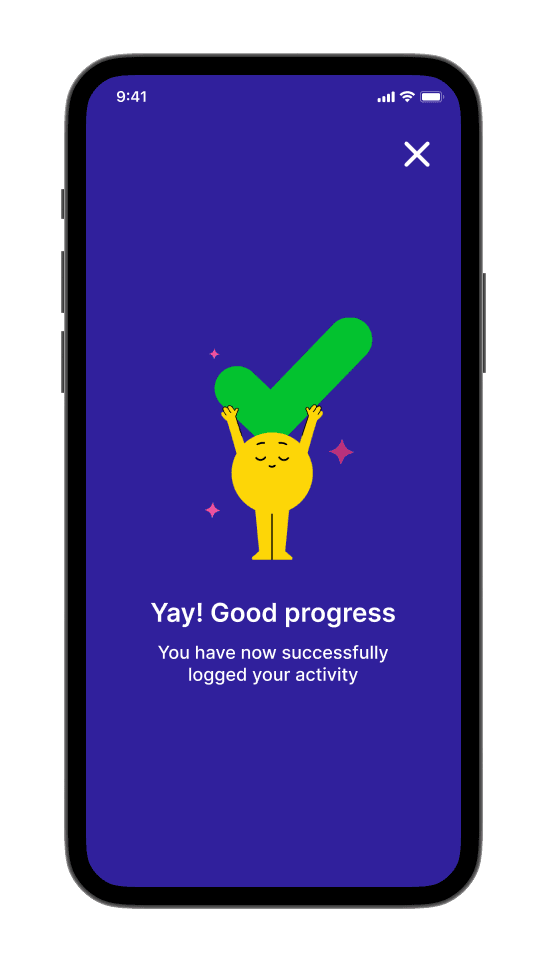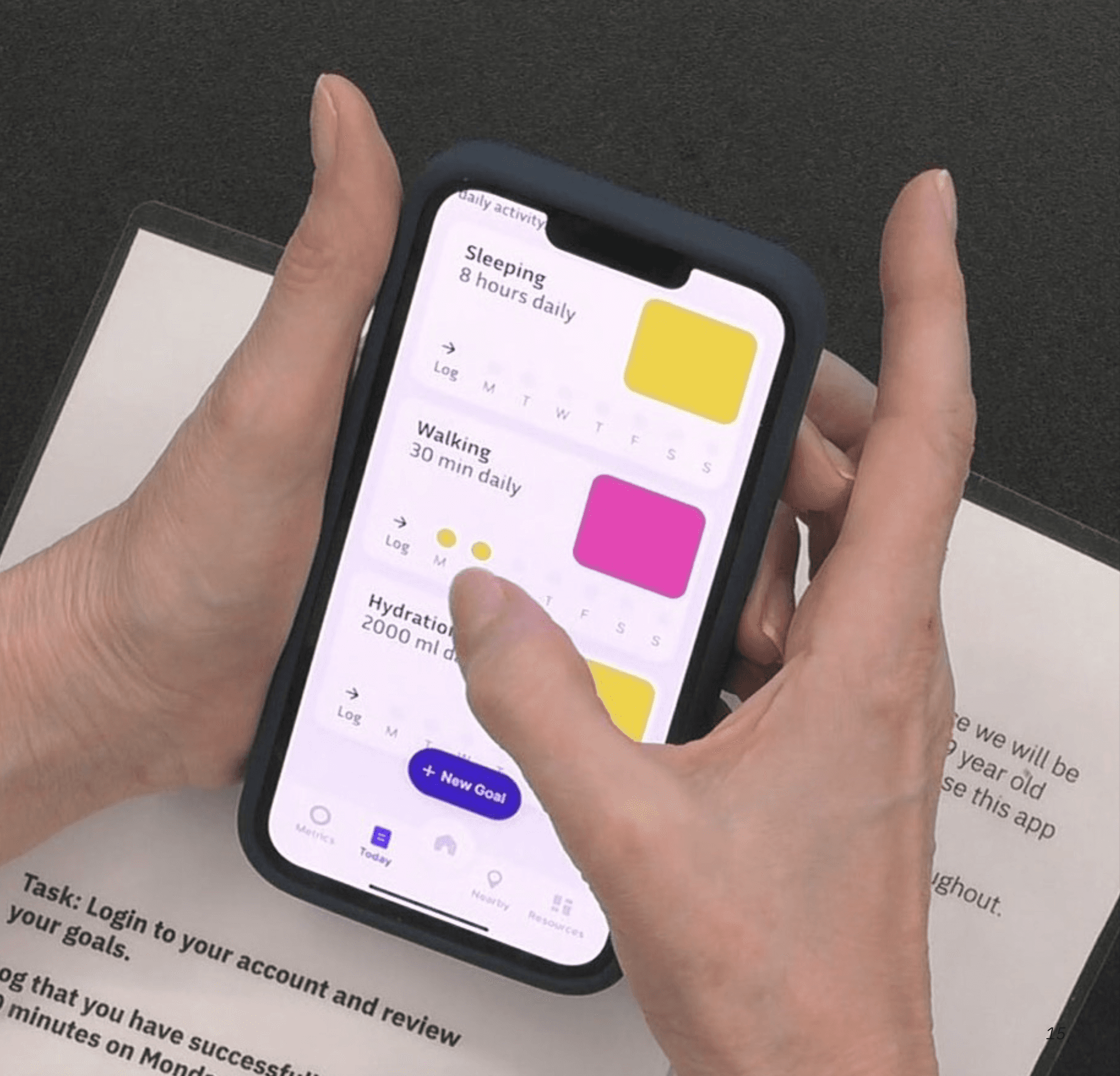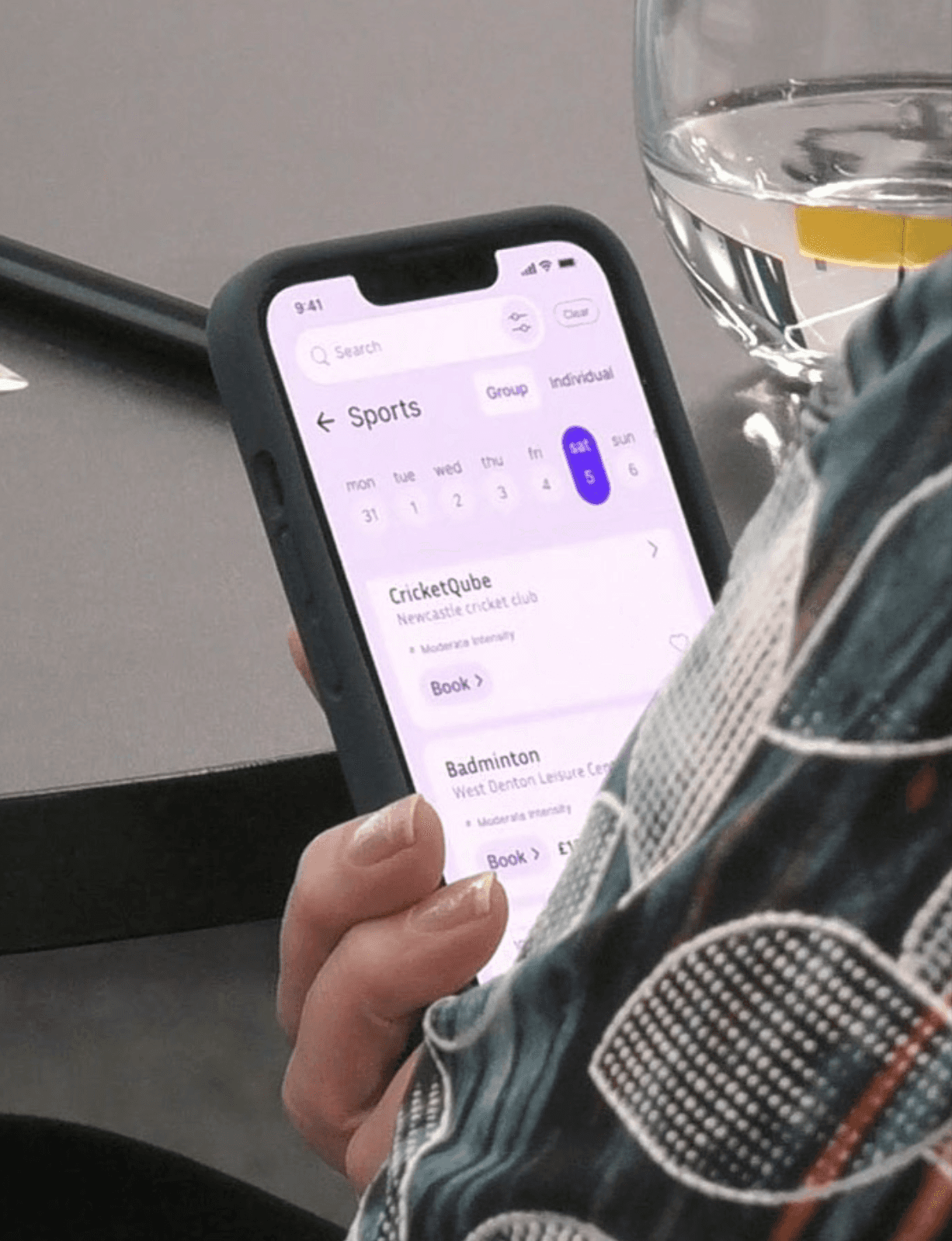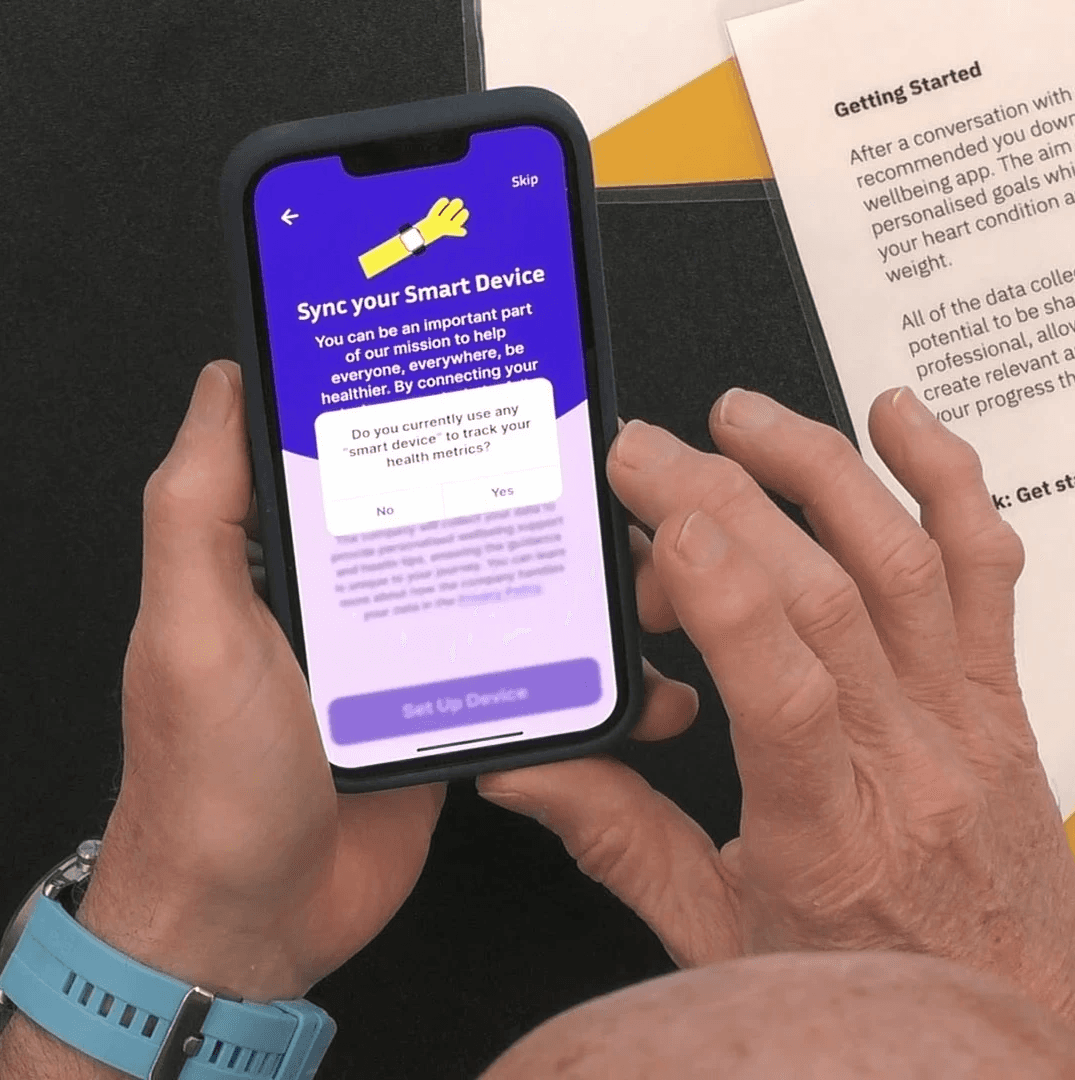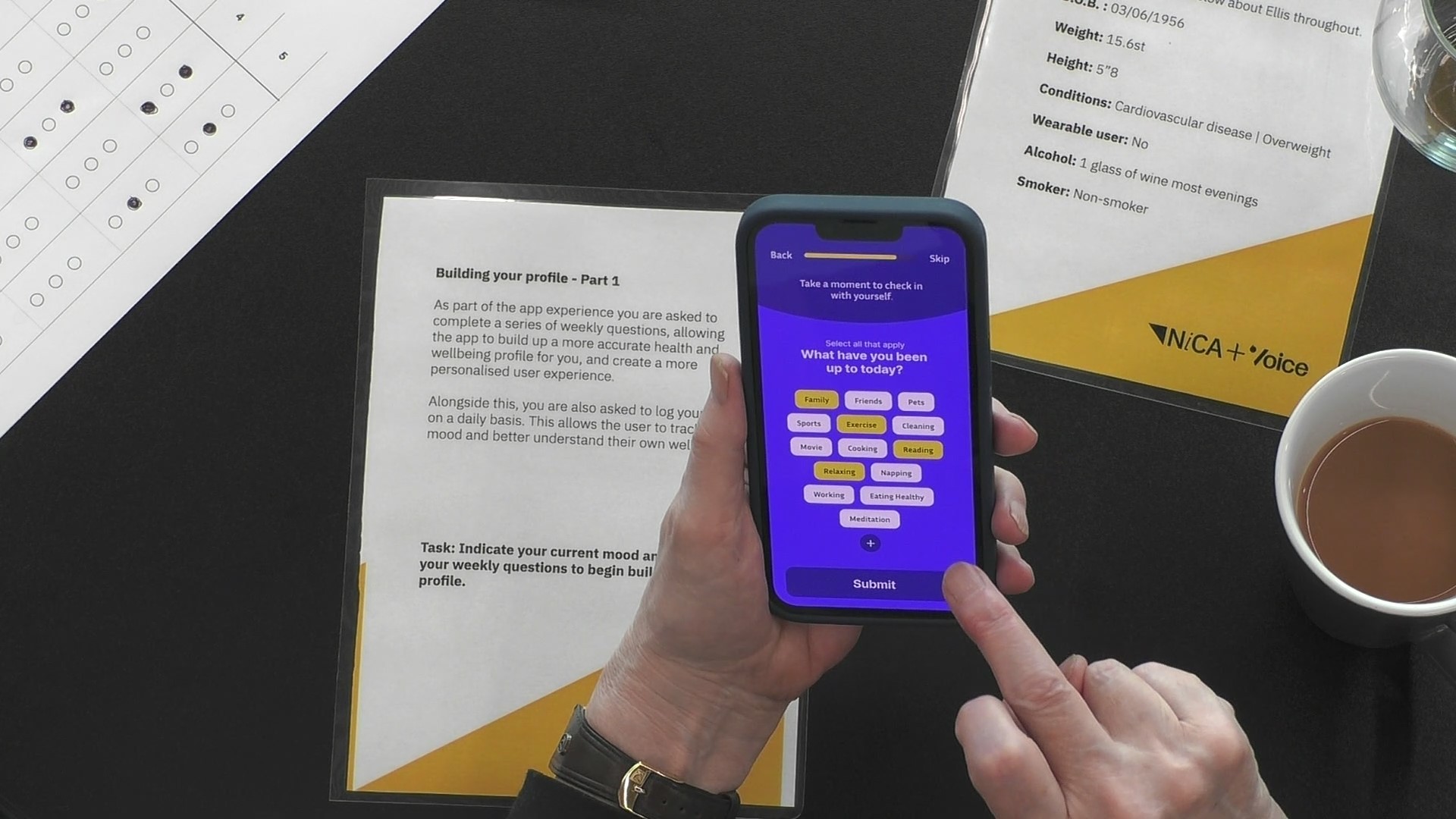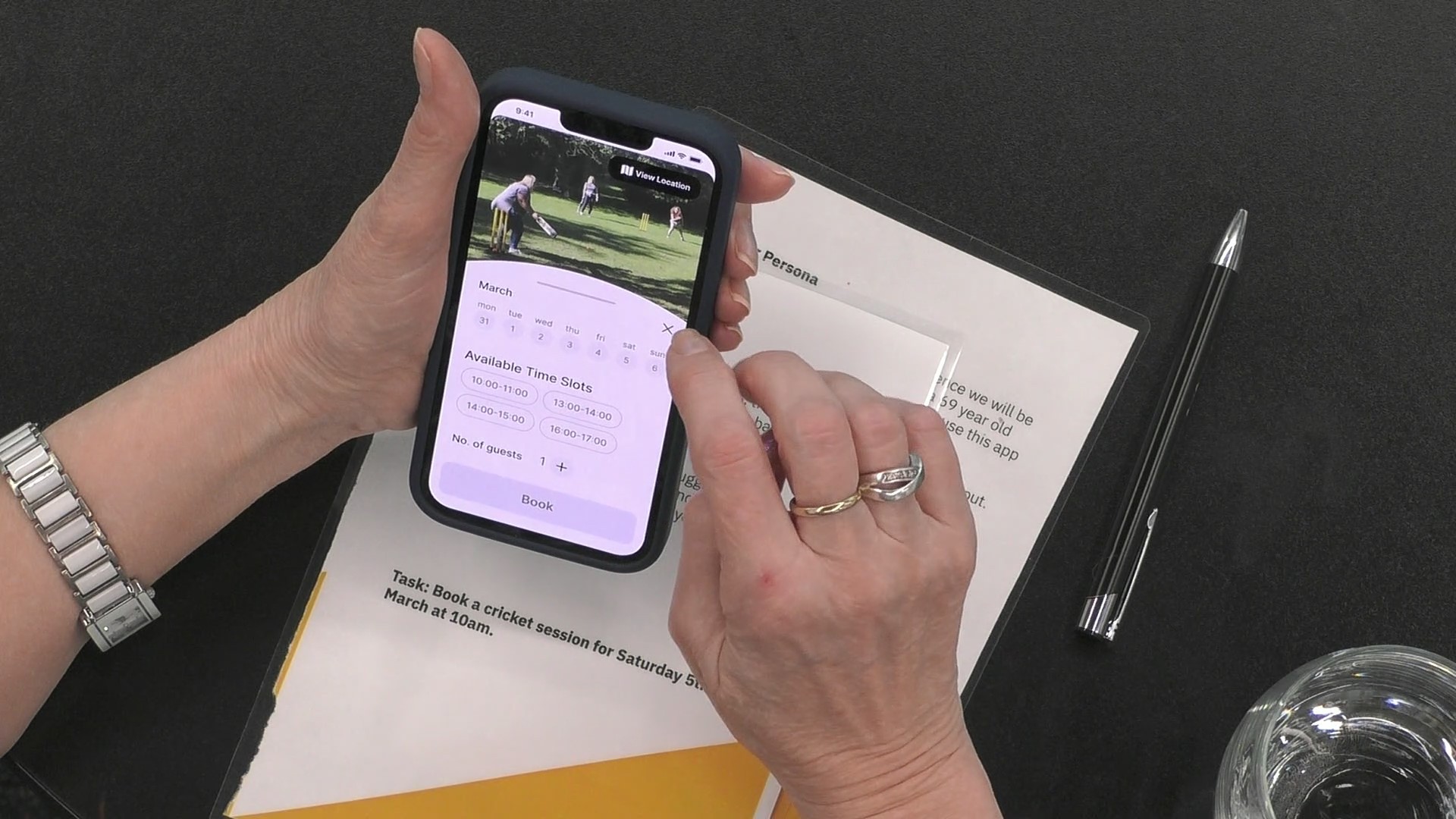B2C
User Research & Insights
Product Strategy
UX + UI Design
User Testing and A/B tests
Design Iterations
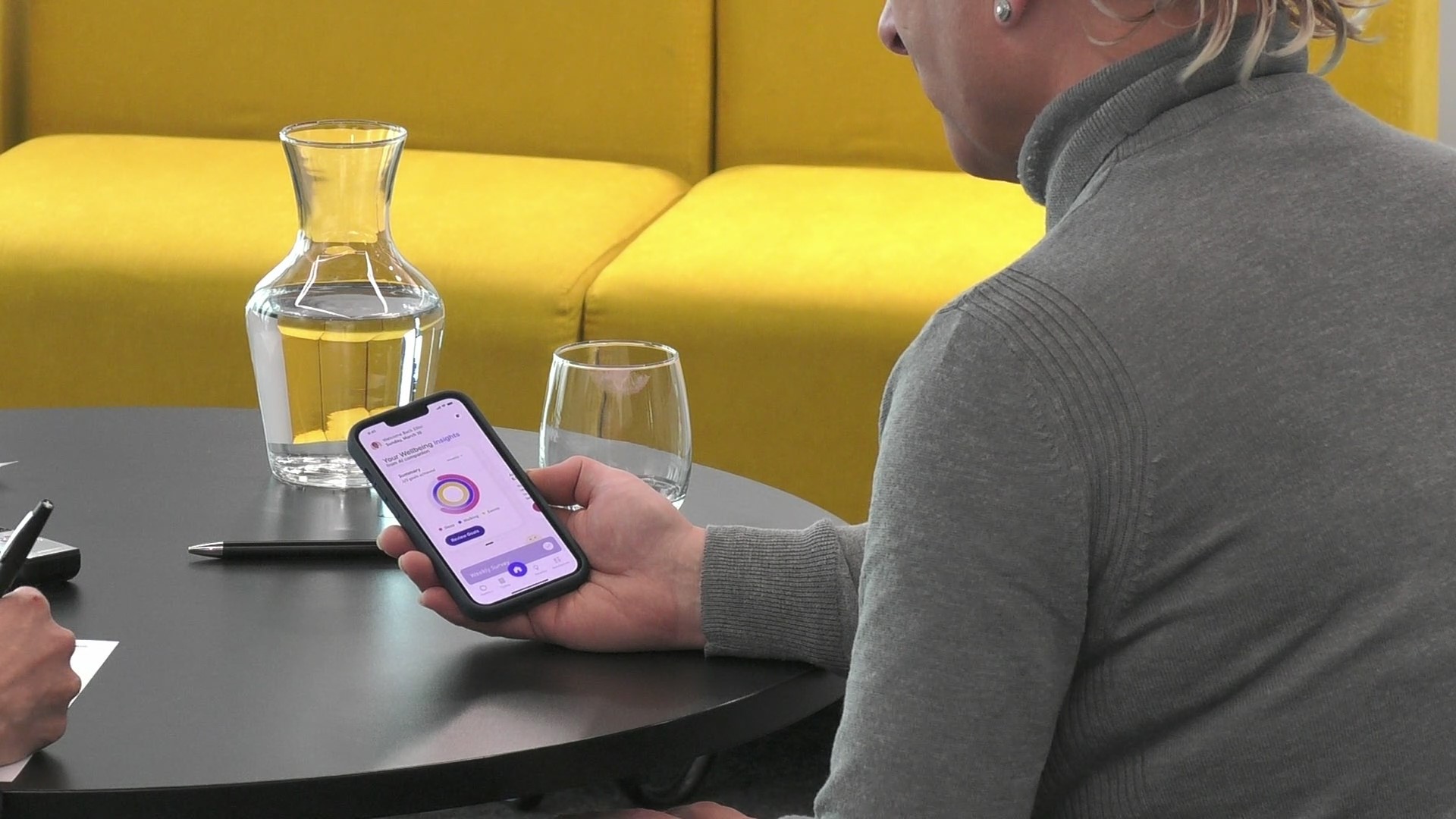
👉🏻The client approached us with a bold question:
How can we create a digital intervention that empowers people to take charge of their wellbeing journey and drive lasting positive behaviour change?
The Real Problem
20%, or 1 in 5
GP appointments are for non-clinical reasons.
40%
of emergency hospital admissions for chronic conditions like asthma, diabetes, and heart disease could be prevented with effective preventive care.
Product Strategy
Turning barriers into opportunities
Product Goals
Patient-facing
Empower people to take a more proactive role in managing their wellbeing
Healthcare worker-facing
Support in reducing non-medical diagnosis with a preventative digital intervention integrated in their workflow
My Approach
Workflow
Conducted a qualitative discovery survey to understand people's opinions and experience with wellbeing apps
Focus Group 1
Ran a workshop with 20 participants to understand 'patient perspective' on digital health and AI
Focus Group 2
Ran a workshop with healthcare professionals to understand any risks associated with digital wellbeing journeys
Design Scoping
Identified 5 key user groups and produced actionable insights to flesh out core app features
Design Phase 1
Tackling UX for onboarding and core flows for first-time and returning users with mid-fidelity designs
Design Phase 2
High-fidelity UI/UX Design of core features and implementing gamification
Usability Testing
Moderated 1:1 usability testing sessions with ~9 users focusing on UX, efficiency and desirability of the app
Design Phase 3
Based on analysis and prioritised insights, designs were iterated to refine flows and UI
Design Handover
Final prototypes and style guide documentation handed over for development
User Research & Insights
Discovery Survey
To ensure we solve the right problem and user needs from the get go
108 people (ages 31–85) across UK completed a qualitative survey on Voice® to share their attitudes & opinions on improving wellbeing and existing digital solutions. Through analysis, we identified the topics to probe into more deeply in focus groups and challenge unfounded assumptions.
Key Insights *
User Segments and Targeting
Armed with these insights, five key user segments were identified with varying lifestyle, abilities, and expectations. The MVP prototype is designed with personalisation to onboard all these user segments.




Dissatisfied Wearable Users
*Limited information shown due to confidentiality
The app is designed keeping in mind this user segment of 'Dissatisfied Wearable Users' who feel dissatisfied with health metrics provided by current devices and are looking for more useful data insights, interpretations and guidance. They are seeking more holistic, actionable support for their wellbeing journey — one that helps them understand their overall wellbeing and empowers through structured, goal-driven chapters, to help make lasting lifestyle changes with clarity and confidence.
UX + UI Design
Onboarding that supports people to find their ideal wellbeing journey
Recognising that wellbeing is deeply personal and different for everyone, the onboarding experience is designed to feel personal and supportive from the very first interaction. It analyses individual lifestyle and wellbeing challenges.
Habit stacking toolkit co-created with trusted clinicians
This app is designed to not feel like tracker, but as a digital wellbeing companion. The toolkit features goals and themed chapters such as building energy, restoring balance, strengthening mind. These are grounded in evidence-based techniques to reinforce healthy habits and behaviour change. Developed with healthcare experts, the progression and nudges focus on small, sustainable wins instead of drastic overhauls, driving engagement, retention and long-term motivation.
Access to 'Collective Wellbeing' through offline community activities
Staying well isn’t just about individual habits — it’s also about connection. This feature signposts local activity providers to offer group wellbeing sessions to people with shared interests such as walking groups, gentle exercises, stress management meet ups, etc.
Digital Health Log connecting everyday actions with real wellbeing outcomes
Over time, its AI integrates physical activity tracking + emotional wellbeing check-ins to help users make sense of how their daily habits are impacting wellbeing. Empathic AI nudges empower users with greater self awareness, helping them take informed steps toward lasting improvement.
Validating UX, effectiveness and desirability with high-fidelity prototypes
Recruitment
A mixed cohort of new and few returning (participants from focus group) users were recruited for comparative insights.
Methodology
• In-person moderated testing sessions
• Task-based scenarios (setting a wellbeing goal, completing a check-in assessment, interpreting a health insight)
• Think aloud protocol to capture reasoning and frustrations
• Post test surveys to measure user satisfaction, desirability and perceived usefulness.
Key Metrics
Task completion rate, user satisfaction, system usability scale (SUS) and desirability.
Key Findings
⚠️ Risk of early dropout was identified due to high number of initial daily goals.
👉🏻 Feature enhancement: Implemented a progression flow that adapts as users build motivation and consistency. 'Starter mode' of 1–2 goals with gradual scaling.
💡Insight: Habit building must feel easy, not burdensome.
⚠️ Users questioned the relevance of certain AI insights and wanted clarity on how they were generated.
👉🏻 Feature enhancement: All AI insights now have simple causal labels such as [hidden] so that users clearly understand the reasoning. Also, introduced a "was this helpful?" feedback loop to enhance future iterations.
💡Insight: Trust is earned through transparency.
Task Completion Rate
~89%
System Usability Scale (SUS)
78 (good)
User Satisfaction (Likeart scale)
Before improvement
3.9%
After improvement
4.6%
Desirability
